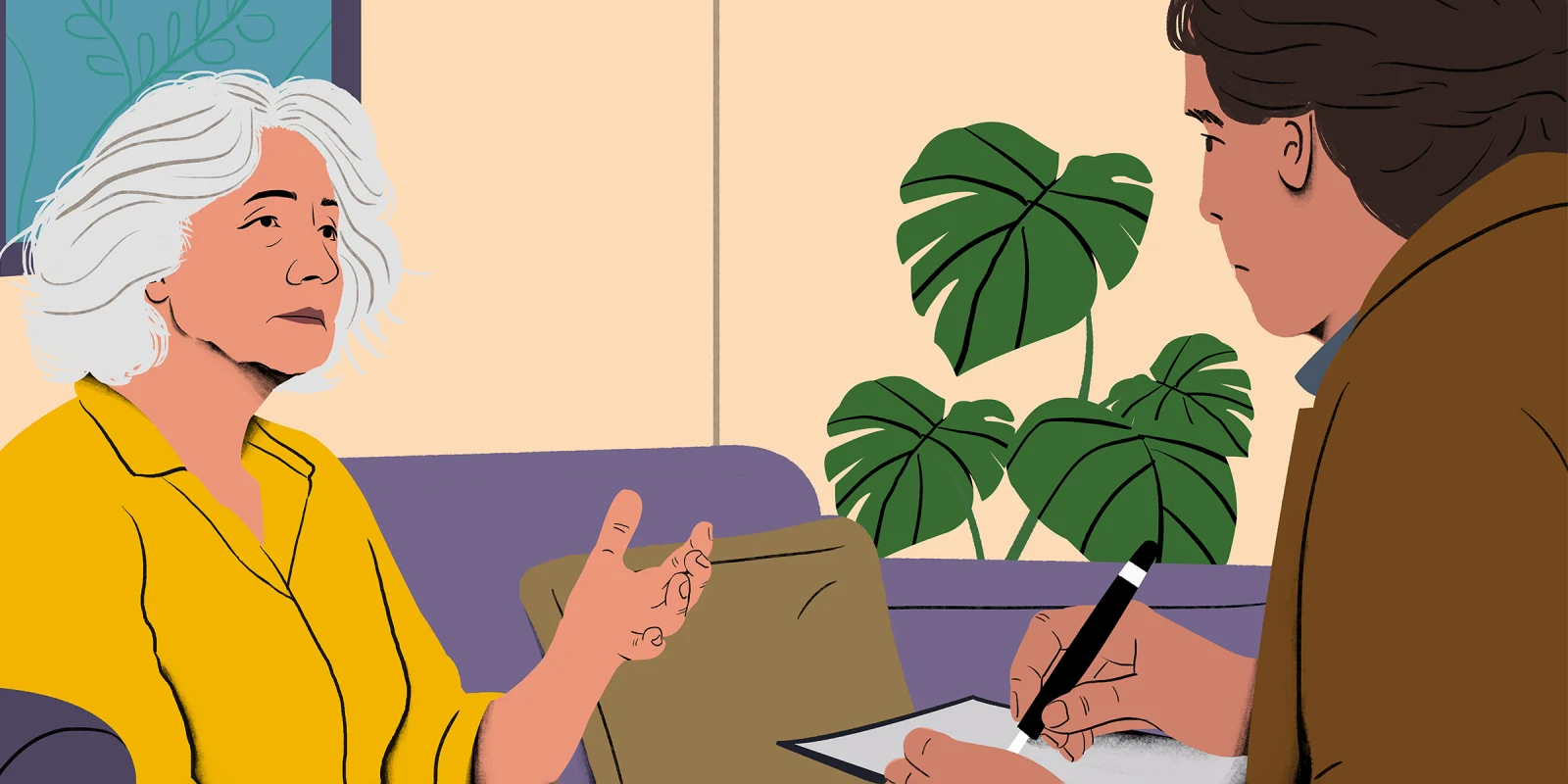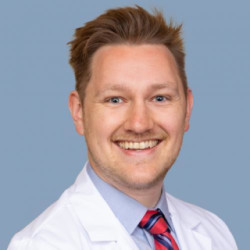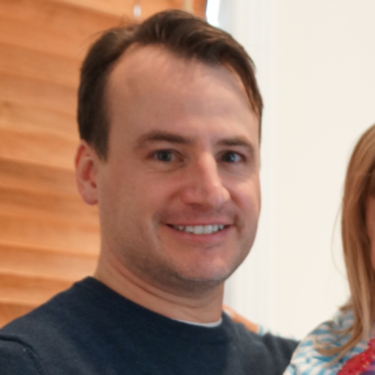I first met Deborah about four years ago after a recent hospitalization for congestive heart failure. She had been living on her own for many years since the death of her husband, with her daughter (who worked full time) assisting her in managing her many chronic conditions. She had been progressively declining over the course of the last year or so when she first came to my office. In fact, she’d spent more time in the hospital than out of it recently — to the tune of 14 hospitalizations in a calendar year. She was, quite literally, living in the hospital rather than at home.
At first blush, the notes were clear: Deborah was noncompliant with her medication regimen. She came in for diabetic ketoacidosis repeatedly. She did not take her insulin on discharge. She was enrolled in a care management program, but frequently missed office appointments, failed to return phone calls, and in general was labeled as a person who had no apparent interest in taking care of herself. In interviewing Deborah, though, something didn’t click. She was miserable. She claimed to be taking her medications regularly and could not recall why she was recently hospitalized or articulate what could be done differently to prevent her from going back to the hospital in the future. A few pointed questions and a cognitive battery later, the reason for Deborah’s “noncompliance” became abundantly clear — she had profound, severe memory impairment. Her dementia had flown under the radar, obscured by the frequent crises and exacerbations of heart failure, COPD, diabetes, and progressive kidney failure that so frequently led to the ED.
Patients like Deborah are typical of those in the High Risk Care Management Program that I work with as part of my clinical practice. The program consists of some of the sickest of the sick that my primary care group takes care of — older adults with multiple chronic conditions, often with limited social support. These people tend to fall through the cracks for a variety of reasons — lack of access to transportation, fragmented care across medical groups and hospital systems, memory issues, financial concerns, and just in general being frail and elderly. The task of our program is to identify the reasons people fall through the cracks — and hopefully, to address and resolve them. It’s a monumental task, and one that requires a team approach to succeed.
In my early days of running the High Risk Program, I had what can only be described as grand delusions regarding what needed to be done for our enrollees. I surmised that keeping people out of the hospital was merely a matter of getting them on the correct, guideline-based medical therapy and that the “science” would win out. The internist in me believed, like a good mechanic, that a few tweaks or a little tinkering with a medication regimen was the answer for most people. If we could get people to adhere rigidly to guideline-based medical care, I thought, the issue of their chronic conditions would solve itself.
As it turns out, I was quite wrong in this assumption. What I found was that very rarely was a patient landing frequently in the ER or the hospital due to a lack of knowledge about what needed to be done. By and large my colleagues both in and outside the hospital did an excellent job of stringently adhering to evidence-based guidelines in their treatment of patients. When I reviewed patients, their medication lists were pristine; their specialist notes were complete and comprehensive, and the testing and diagnostics were thorough and appropriate. While there were certainly exceptions, I found most physicians went the “extra mile” for patients — assessing their cognitive status, identifying and addressing social determinants of their health when able, filling out FMLA forms and patient assistance paperwork, and fighting for prior authorizations and appeals. What was often missing, however, was a frank conversation with a patient about when enough was enough, and when to shift the focus of their care from rigid adherence to guideline-based medicine to something more inherently nebulous; from cure to comfort.
In medical training, we’re exceedingly well trained to do the former, but horribly uncomfortable with the latter. We’re experts at diuresis of the volume overloaded patient, but reluctant to acknowledge that the five-year mortality of a patient admitted with a heart failure exacerbation is north of 50%. We carry forward a “full code” status on a patient with metastatic cancer, despite knowing that the likelihood of them surviving a cardiac arrest is fantastically low. While the reasons for this discomfort are many, I think the simplest explanation is probably that caring for these patients is complex, often requiring the coordination of multiple specialists, a deep understanding of family dynamics, and a solid foundation of trust. Many physicians find themselves in a place where they aren’t able to pull these elements together due to lack of time, lack of experience, or both. When this conversation doesn’t happen, the patient often finds themselves in a downward spiral with no end in sight.
This was the case with Deborah. In her case, we discussed her goals, her priorities, and how to best facilitate keeping her out of the hospital. She expressed that she felt she saw too many doctors, and knew that she wasn’t able to care for herself anymore at home. She accepted that some of her problems would not likely go away entirely and might indeed worsen. Ultimately, she transitioned to an assisted living facility, and lived several more years without a hospital admission as a result. She played cards with friends, laughed, made jokes, and spent plenty of time with her family. As time went on it became clear that several of her medications were doing her more harm than good. We stopped them, and stopped seeing a few of the specialists whom she had accumulated over the course of many hospital admissions. It was ultimately her kidneys that began to fail first; she elected not to pursue dialysis, instead taking a palliative approach to her care. In the end, I became Deborah’s hospice physician, and she passed away peacefully earlier this year, surrounded by family.
This is not a story of medical heroism, but one of medical humanism. I saw Deborah many times in the last year of her illness. Most of those times were to comfort, educate, and explain — not to fix or forestall the effects of any of the chronic illnesses that my training prepared me to handle. Many specialists saw her during that time, too — some suggesting helpful improvements, others suggesting interventions that were neither in line with her goals of care nor likely to benefit her in the long run. Too frequently, we as physicians lose sight of the fact that the “correct” answer according to treatment algorithms or guidelines is not always the right answer for our patients to achieve their goals. In Deborah’s case, her goal was to spend as much time at home and out of the hospital as possible. Honoring that allowed us to make the right choice for her — not just the “textbook” right decision.
In a world of fragmentation in care delivery, ever-shortening appointment times, and increased medical complexity, there is no one simple solution to caring for patients in the best way possible. Indeed, if my work with this population has taught me anything, it has taught me that suggesting a “one size fits all” approach rarely suits anyone. Instead, I invite physicians to embrace the complexity. Ask your patients what they understand about their illness, and what they are hoping for. Be honest about how achievable those goals are when you answer, and how you might help. Acknowledge that often, the most valuable role a physician can play in a patient’s life is to inhabit the space of discomfort between wellness and disease, to act as a guide and trusted advisor as to where to go next. Where cure is not possible, we can offer patients comfort — and sometimes, that is the most important gift that can be given.
How do you navigate the shift from fixing to guiding when care goals begin to change? Share in the comments.
Dr. Brennan Kruszewski is an internal medicine physician in Hudson, Ohio. He is passionate about transforming primary care. He enjoys spending time outdoors, especially biking the trails of Northeast Ohio. He is active on social media, and blogs at his personal website. Dr. Kruszewski is a 2024-2025 Doximity Op-Med Fellow. Opinions expressed here are his own and not the opinions of his employer.
Names have been modified to protect patient privacy.
Image by Amr Bo Shanab / Getty Images







